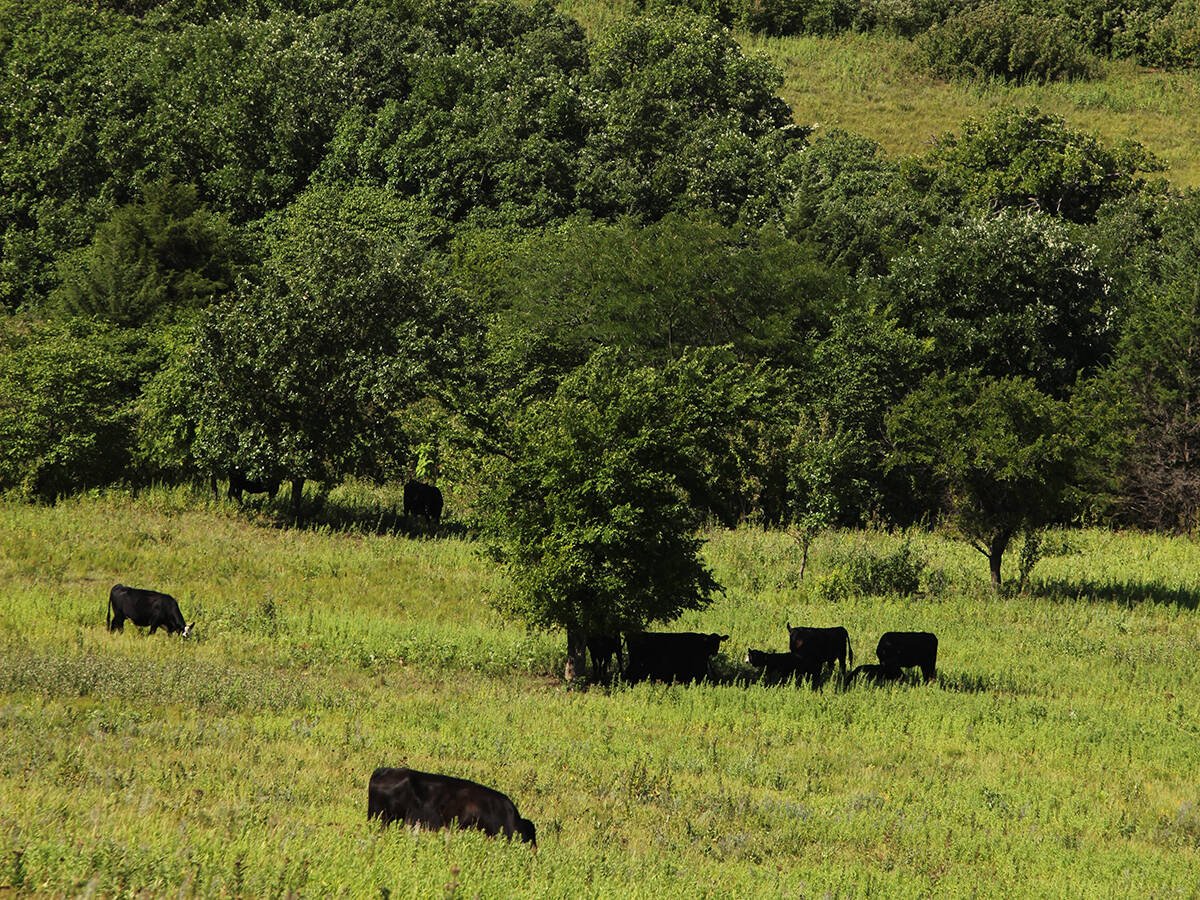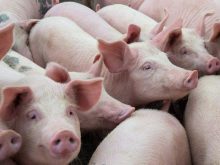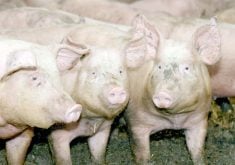The Canadian cattle industry is scrambling to meet a politically imposed deadline for creating rules for a national traceability system.
Much remains to be decided and large questions loom about how a national system can work.
“Some provinces don’t even require premises ID,” said Pat Hayes, a producer from Val Marie, Sask., who co-chairs a committee on traceability organized by the Canadian Cattlemen’s Association and the Canadian Cattle Identification Agency.
“How can you have a traceability system when you don’t even have a uniform premises ID system?”
Read Also

Beef cattle more prone to trace mineral deficiencies
The trace mineral status of our cows and calves is a significant challenge for western Canadian producers and veterinarians.
Although they are resigned to the task, industry leaders continue to question whether the cost and hassle to the industry will produce much short-term result.
“We’ve seen little benefit from traceability to date,” CCA executive director Dennis Laycraft said last week during a committee meeting at the association’s annual general meeting in Ottawa.
He said a recent meeting between cattle sector leaders and the Canadian Food Inspection Agency produced the surprising news that the agency expects traceability rules to be in place by late 2011.
“They said if we’re not ready with the regulations, we’d miss the boat.”
The political commitment to a national traceability system for livestock was made by federal and provincial agriculture ministers in 2009 and while the CCA has been skeptical from the beginning about the timetable, it says it will work to make it happen.
Still, CCA president Travis Toews said he is not convinced the value of the bureaucracy and producer cost needed to make the system work is worth it, at least in the short term.
The industry decision years ago to have animal ID tags has had a positive impact on international sales of Canadian cattle, he told the CCA animal health and meat inspection committee March 9.
“If we’d had a full traceability system, I’m not convinced we would have any more market access today,” he said.
“Traceability is one of the concepts that has been oversold.”
Still, the industry recognizes the long-term benefit and is struggling to find a way to meet the requirements.
Debate at the committee meeting raised a variety of issues that must be worked out before the deadline.
For example, at how many stages of the production process should an animal be scanned into the system: is it at farm exit, feedlot or auction entrance and then exit again?
Each of those recordings of information about the history of the animal could slow down the process and cost money. Who would pay?
When does animal movement have to be recorded: within a farm operation or only when it leaves the premises? Should cattle have two tags in case one is lost? Who pays?
The CCA has suggested that the traceability system could be phased in by starting with animals going to feedlots with a minimum capacity of 1,000 head.
Hayes said the cattle sector has a problem with any suggestion that producers should face more costs.
Feedlot owners say that if they become the first point of data keeping, producers should pay some of the cost.
Hayes said producers paid the full cost of ear tags that now are the core of the traceability system.
“The tagging expense has been on our books for 10 years,” he said.
“We feel we have done our share of the costs and if you want to take it further, show us the money.”














